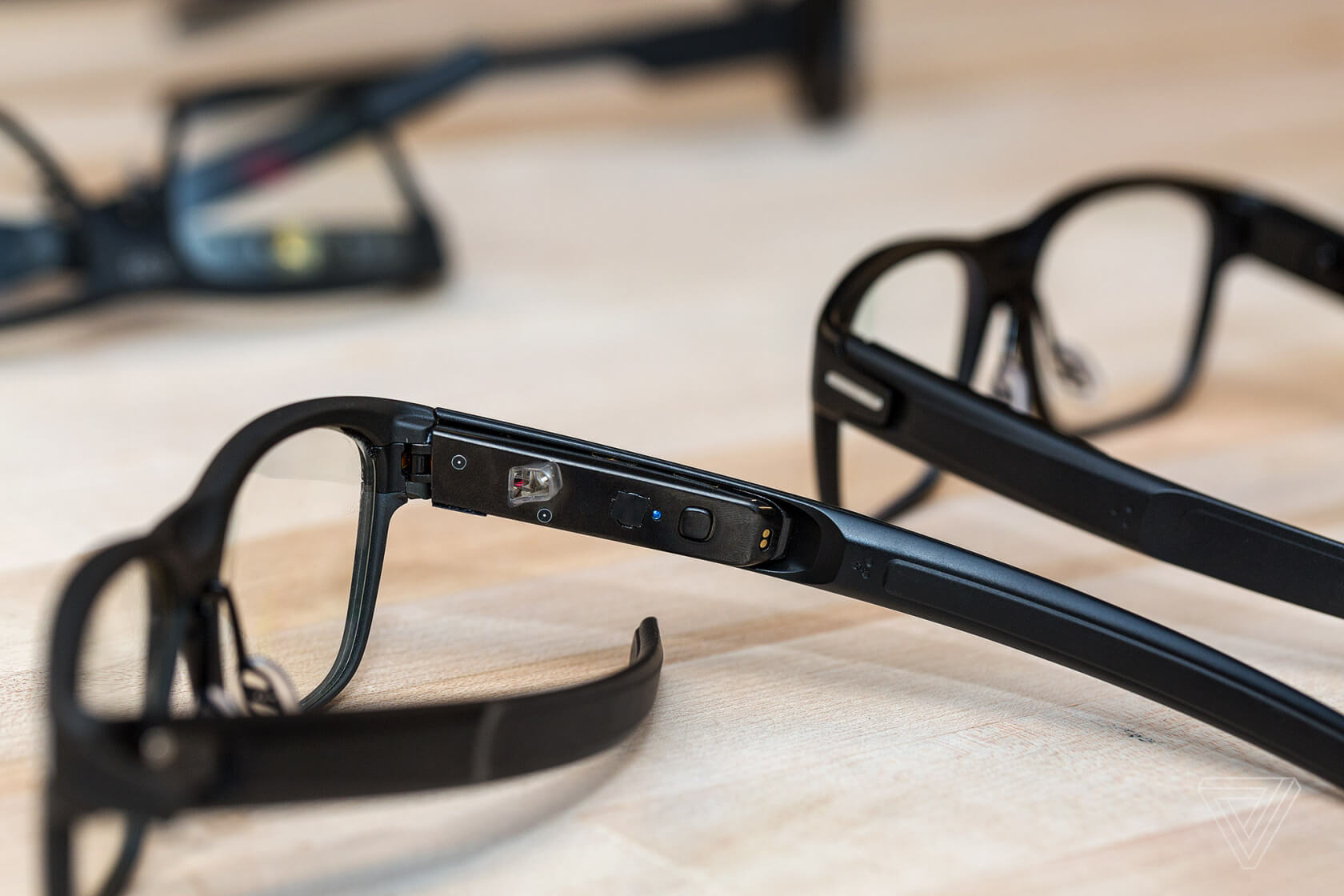Sometimes simplicity really is better---especially for tech products.
Yet, we've become so accustomed and conditioned to believe that tech products need to be sophisticated and full-featured, that our first reaction when we see or hear about products with limited functionality is that they're doomed to failure.
That's certainly been the case for a while now with wearables, an ever-evolving category of devices that has been challenged to match the hype surrounding it for 5-plus years. Whether head-worn, wrist-worn, or ear-worn, wearables were supposed to be the next big thing, in large part because they were going to do so many things. In fact, there were many who believed that wearables were going to become "the" personal computing platform/device of choice. Not surprisingly, expectations for sales and market impact have been very large for a long time.
Reality, of course, has been different. It's not that wearables have failed as a category---far from it---but they've certainly had a slower ramp than many expected. Still, there are signs that things are changing. Shipments of the Apple Watch, which dominates many people's definition of the wearable market, continue to grow at an impressive rate for the company. In fact, some research firms (notably IDC) believe the numbers surpassed a notable marker this past quarter, out-shipping the collective output of the entire Swiss watch industry in the same period. Now, whether that's really the most relevant comparison is certainly up for discussion, but it's an impressive data point nonetheless.
Initially, the Apple Watch was positioned as a general-purpose device, capable of doing a wide range of different things. While that's certainly still true, over time, the product's positioning has shifted towards a more narrowly focused set of capabilities---notably around health and fitness. While it's hard to specifically quantify, I strongly believe that the narrower device focus, and the inherent notion of simplicity that goes along with it, have made significant contributions to its growing success. When it comes to wearables, people want simple, straightforward devices.
With that in mind, I'm intrigued by news of a new, very simple glasses-based wearable design from an organization at Intel called the New Devices Group. These new glasses, called Vaunt, look very much like traditional eyeglasses, but feature a low-power laser-based display that shoots an image directly onto your retina. Enabled by a VCSEL (vertical-cavity surface-emitting laser) and a set of mirrors embedded into the frame, the Vaunt creates a simple, single-color LED-like display that appears to show up in the lower corner of your field of view, near the edge of your peripheral vision, according to people who have tried it. (Here's a great piece describing it in detail at The Verge.)
There are several aspects of the device that seem intriguing. First, of course, the fact that it's a simple, lightweight design, not a bulky or unusual design, and therefore draws no attention to itself, is incredibly important. In an era when every device seems to want to make a statement with its presence, the notion of essentially "invisible" hardware is very refreshing. Second, the display's very simple capabilities essentially prevent it from overwhelming you with content. Its current design is only meant to provide simple notifications or a small amount of location or context-based information.
In addition, while details are still missing, there doesn't seem to be a major platform-type effort, but rather a simple set of information services that could theoretically be embedded into the device from the start, or slowly added to it in an app-life fashion that seems more akin to how skills get added to an Amazon Alexa. So, for example, it could start out by providing the same kind of notifications you currently get on your phone, but start to add location-based services, such as directions, or simple ratings for restaurants that are literally right in front of you, as well as intelligent contextual information about a person you might be having a conversation with.
Key to all of this, however, is that the design intentionally minimizes the impact of the display by putting it out of the way, allowing it to essentially disappear when you don't actively look for it. That ability to minimize the impact of the technology---both functionally and visibly---as well as to intentionally limit its capabilities is a critically important and new way of thinking that I believe can drive wearables and other tech devices to new levels of success.
Ironically, as we look to the future evolution of tech devices, I think their ability to become more invisible will lead them to have a more pervasive, positive impact on our lives.
Bob O'Donnell is the founder and chief analyst of TECHnalysis Research, LLC a technology consulting and market research firm. You can follow him on Twitter @bobodtech. This article was originally published on Tech.pinions.
